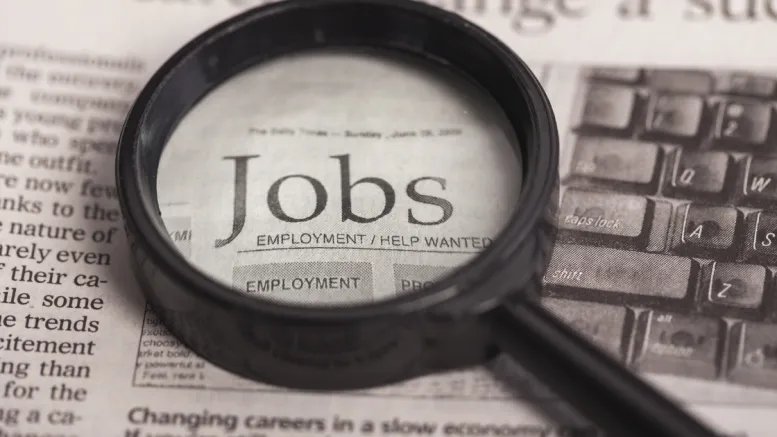The Impact of Cutting 300,000 Federal Jobs on the U.S. Labor Market

United States, sparking intense debates among economists, politicians, and everyday citizens. Such a massive reduction in the federal workforce is not just a budgetary decision; it’s a seismic shift that will have far-reaching effects on employment trends, economic stability, and even the political landscape.
This move, widely discussed in both Breaking News and Trump News, is being analyzed through multiple lenses — from fiscal responsibility to political maneuvering. Whether you support or oppose the cuts, one thing is certain: the U.S. labor market is in for a turbulent ride.
A Blow to Public Sector Stability
Federal jobs have long been viewed as a cornerstone of stability in the U.S. economy. Positions in federal agencies, from administrative roles to specialized services, have traditionally offered job security, comprehensive benefits, and competitive pay. Eliminating 300,000 positions will not only affect those directly employed but will also send ripple effects through communities reliant on these wages.
Many of these employees work in regions where the federal government is the largest single employer. The loss of this income will impact local markets, reduce consumer spending, and potentially trigger business closures. Economists warn that this could push certain areas into localized recessions.
Shifting Toward Private Sector and Remote Jobs
One of the most notable outcomes of this workforce reduction will be a surge in demand for remote jobs. Former federal employees, especially those with administrative, policy, and technical expertise, are expected to transition to the private sector or freelance work.
Companies are already seizing this opportunity by recruiting displaced workers for contract positions. The rise of remote jobs has made it easier for these workers to remain active in the labor market without having to relocate. Industries such as cybersecurity, data analysis, and green energy are actively seeking skilled professionals who can operate in a remote capacity.
Political Repercussions of Federal Workforce Cuts
The decision to cut so many positions is not without political consequences. Republicans argue it’s a necessary measure to reduce federal spending and streamline operations, while Democrats view it as an attack on working-class Americans that undermines public services. The debate has become a key talking point in the lead-up to the next election cycle.
In swing states, where both parties are vying for influence, the political narrative surrounding these cuts could sway undecided voters. The job losses might also become a rallying cry for labor unions and advocacy groups.
Long-Term Effects on the U.S. Economy
The U.S. labor market is adaptable, but large-scale job cuts of this magnitude could slow overall economic growth. While the private sector may absorb some of the displaced workers, the transition will not be immediate. Many may face periods of unemployment, retraining, or underemployment before securing stable positions again.
However, the growth of remote jobs offers a silver lining. The flexibility of remote work allows workers to find opportunities across state lines, bypassing regional job shortages. This may help mitigate some of the negative impacts of the federal cuts.
Cutting 300,000 federal jobs in 2025 is more than just a headline — it’s a transformative moment for the U.S. labor market. While it may bring short-term fiscal savings, the long-term social and economic costs could be significant. The shift toward private sector employment and remote jobs will redefine how Americans work, live, and engage with the economy in the years ahead.




